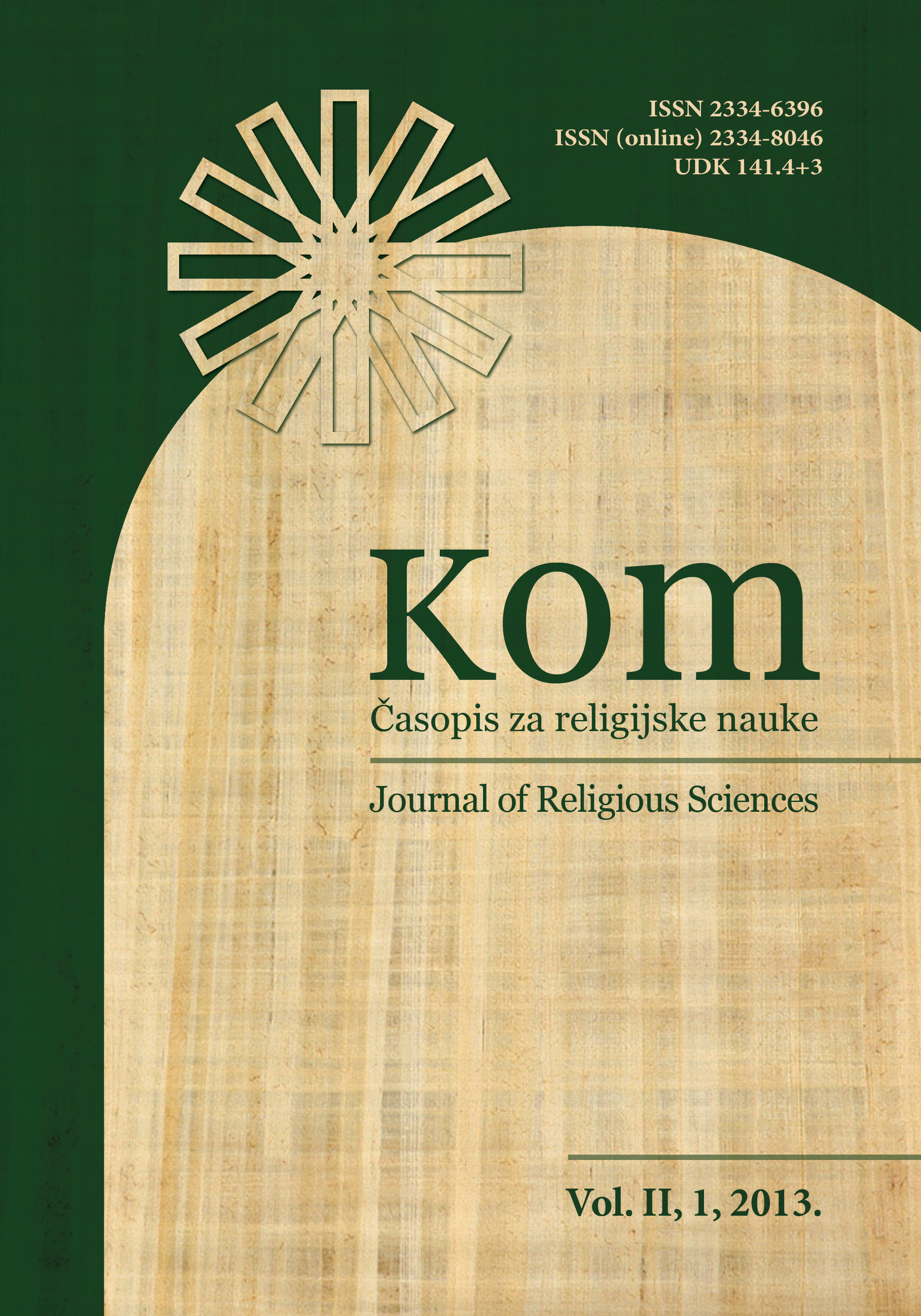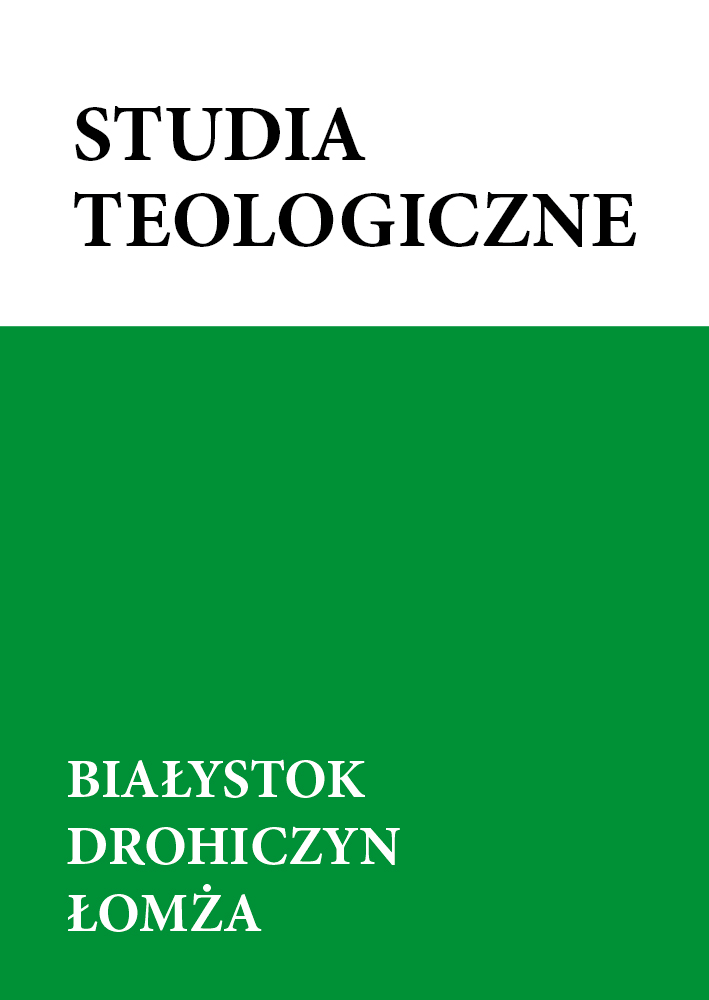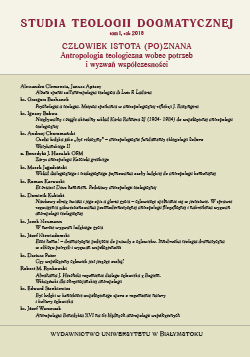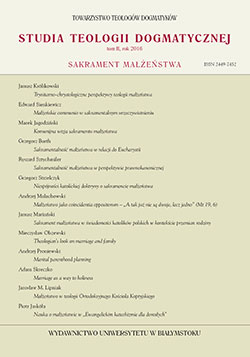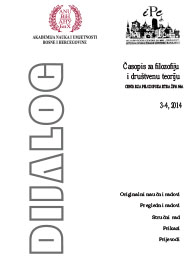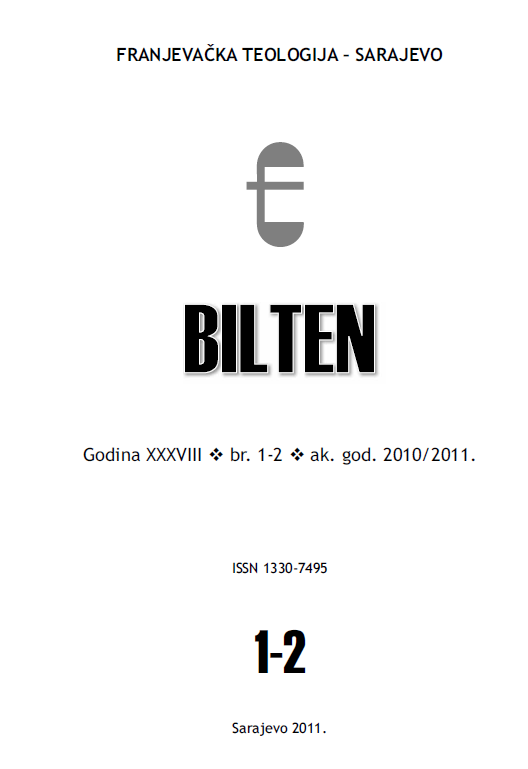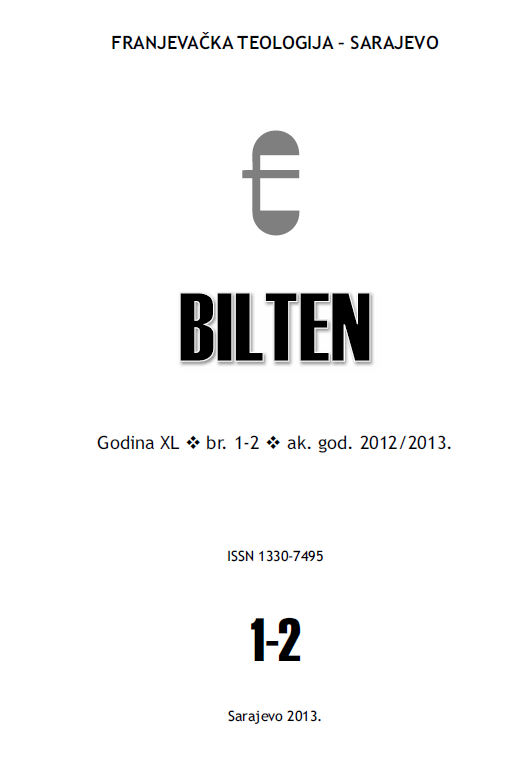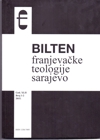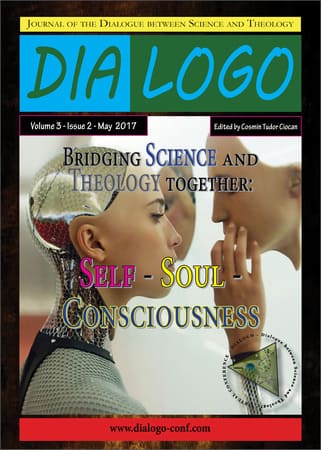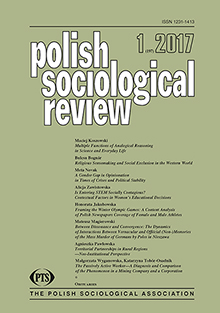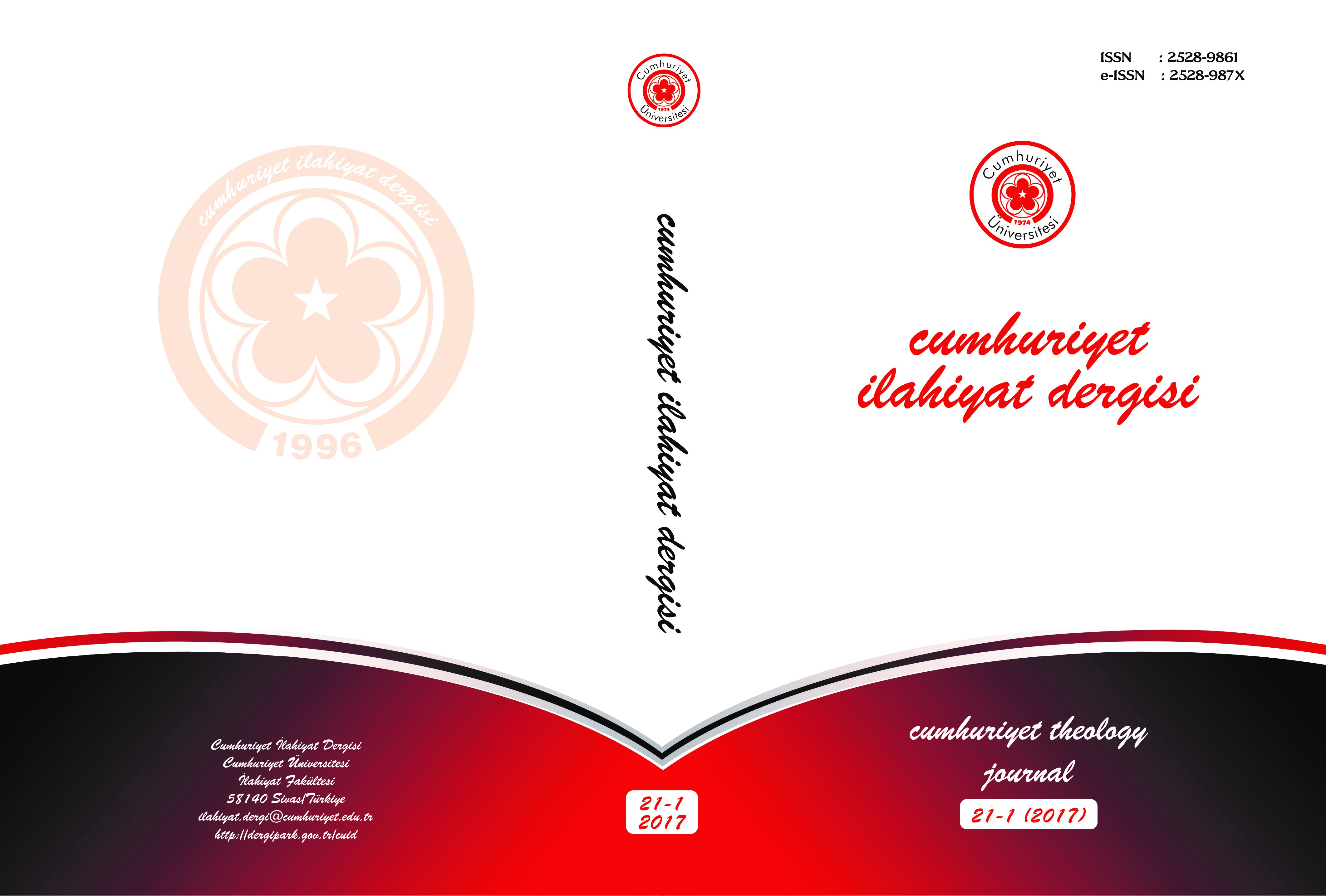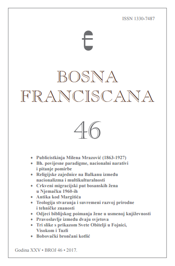Author(s): Emrah Dindi / Language(s): Turkish
Issue: 1/2017
In this article, the purpose is to contribute to the methodology in understanding the Qurʾān within its dynamic culture in its period by interpreting the ḥajj ritual in the Qurʾān with its being divine text-phenomenon and revelation-reality dialectics and by introducing pre-Islamic jāhiliyyā Arab and anthropological foundations of these rituals. The issue of whether the ḥajj imagination and customaries mentioned in the Qurʾān are “initial” and “invention”, which are re-organized from the initial stage, is investigated in this study. Similarly, the issue of whether the ḥajj is based on metaphysical bases i.e. to Abraham and Adam, and then, to Holy Spirit (the Angel Gabriel) by the majority of Islamic scholars in a purifying and glorifying, and apological manner being in agreement with the reality or not is also examined in the study. As a result of the method in which the data collection is made from classical sources on jāhiliyyā, and the analyses of these data are made to reach a synthesis, it is understood that the concept of ḥajj in the Qurʾān is purified from polytheist elements and merged with the unity of God, and to be a continuation of the rituals of the houses of God, pre-Islamic Arabs and other ancient civilizations in the Hejaz Region. It is inevitable that serious problems will emerge in understanding the Qurʾān in an accurate manner without understanding the religious imaginations, apprehensions, and the rituals, customs and traditions of the Arabs in Jāhiliyyā period. In actual fact, as it is mentioned in the Qurʾān with the terms “An Arabic Qurʾān”, “An Arabic judgment”, “An Arabic language”, Allah addressed the Arabs in their language and cultural structures by considering their imaginations and traditions in seventh century around the Hijaz area. For this reason, it is an undeniable fact that, to discover and reveal the divine desire, the act of reading and understanding the Qurʾān by sitting around a table as a text limited between two covers of a book after abstracting it from the socio-culture reality in which it was revealed will not yield any good.In this respect, in this study, we tried to read and understand the Ḥajj and Umrah worships, which are among the most primary principles of Islam like the salāt and fasting, and which include talbiya, ihrām, Arafāt, Muzdalifah and Mina waqfahs, stoning the devil, greeting the Hajar al-Aswad (istilām), tawāf, sa’y, blessing with the water zam-zam, hedy sacrifice, halq and taqsir (cutting and shortening the hair) mentioned in the Qurʾān, in the context of the historical scene in which the revelations were born and spread with respect to the religious imaginations, apprehensions, customs and traditions of the Arabs in the Second Period of Jāhiliyyā, which lasted for two centuries and which was close to the Islamic period. No matter the majority of the Islamic scholars associated the Ḥajj worship with metaphysical basics, with Ismael, Abraham, and even with Adam and Gabriel, and claimed that this worship was inherited from them in the name of glorifying Mohammad (pbuh) and his Ummah with a blessing and apological language; here, we have discussed the problem of whether the Ḥajj/Umrah worships really originated from the revelations or were a cultural heritage from the Samis, Hebrews or Arabs. We have tried to investigate, examine and determine whether these rituals were known by the Arabs in Jāhiliyyā period or by more ancient communities, and whether they were included among the religious-social customs and traditions of these ancient societies.It must also be mentioned that we have not yet observed any individual studies investigating the Ḥajj ritual of the Arabs in Jāhiliyyā Period. However, this topic has been mentioned in ancient scriptures and also in books, articles and symposiums under the title “Worships in Jāhiliyyā” in our present day. But in these studies, and works, although sometimes it has been referred to the Ḥajj and Umrah worships of Quraysh during Jāhiliyyā Period, it is extremely difficult to say that there is in-depth an analytical, worthy study mentioning here in the context of revelation-reality, text-case relationship. In this respect, this paper has dealt with the Ḥajj imaginations and practices of the Arabs in Hejaz Area in the Jāhiliyyā Period, which is adjacent to the Islamic Period and collected the narrations about these topics, and examined the rituals of the Qurʾān in detail within the dialectics of revelation-reality, text-case and address-addressee bases in a simultaneous manner, and within the historical and cultural context, we believe that it has a unique value and will fill in the gaps in this field in the literature.As a result of the study in which we investigated whether the Ḥajj ritual mentioned in the Qurʾān was a ritual that emerged with Islam as an innovation or invention or whether referring everything mentioned in the Qurʾān and which existed in the Jāhiliyyā Period to Abraham, Ishmael and even to Adam was a result of well-known Arabian tradition or whether it was really a product of “mutābakātun li’l-wāqi‘” i.e. Arabian factivity that agreed and fit with the Arabian Phenomenon, the following conclusions have been made.It has been determined that Ḥajj and Umrah rituals are not among the topics that were invented as an innovation by the Qurʾān, or in a broader sense, by Islām as it is presumed; and these rituals were among the symbols respected and glorified by the Quraysh and the majority of the Arabs in Jāhiliyyā Period. Meanwhile, it has also been revealed in this study that the Qurʾān was not embodied in a void and did not address void spaces, but it was embodied around the imaginations and apprehensions of the Arabs in those times, and as the interpreters mention, Allah addressed them in a nice and pleasant manner i.e. with “bimā ‘arafūhu ve bimā ehsenūhu” specifically in Ḥajj and Umrah. Again, in this study, it has also been determined that referring everything reflected in the Qurʾān and in our culture to Abraham and Ishmael was a product of an apological understanding that emerged in the form of glorifying, blessing and honoring Islam and purifying it from Jāhiliyyā; and in actual fact, these rituals were inherited from the customs and traditions of Pre-Islamic period Samis (Hebrew, Arab) and were included in the Qurʾān, which is interpreted as a result of the Qurʾān being revealed “mutābakātun li’l-wâqi‘” i.e. in a way that is in agreement with the reality, in other words, these rituals were in agreement with the Arab factivity and reality in seventh century.In brief, in this study, it has been determined that the rituals some of which are referred by the Qurʾān, such as addressing God in a high voice (talbiya), wearing sinless clothes specific to the sanctuaries (ihrām), cults and rituals in mountains like Arafat, Muzdelifah, Mina (waqfah), stone the devil (ramy al-cimār), greeting the holy stone Hajar al-Aswad (istilām), turning around the cubic house of god (tawāf), walking between the holy Safa and Merve rocks (sa’y), blessing the water of the house of god (zam-zam) and being blessed with it (tabarruk), sacrifices for the house of god (hady) and cutting and shortening the hair (halq and taqsir), which are performed in Ḥajj period and also in some other times in the Islamic world today, were not unknown the Arabs in the Jāhiliyyā Period; in other words, these rituals were not “invented” as an innovation and were blessed by the Qurʾān, and the roots of these rituals existed in the practices of the Quraysh in the Jāhiliyyā Period, they even dated back to more ancient societies like the Hebrews. For this reason, it has been concluded that -except for those that were excluded because of their conflicting status with the Tawhid Belief and primary principles of Islam and its purpose- the practices, beliefs and worships brought by the Prophet (pbuh) and depicted by the Qurʾān in some verses together with corrections, changes and transformations were in agreement with the customs and traditions of the Arabs in Jāhiliyyā Period that were meant to make people move closer to Allah; and Allah addressed them with the things that were known, understood, experienced and practiced by them.
More...


